9 Uncommon Conditions That Pregnancy May Bring
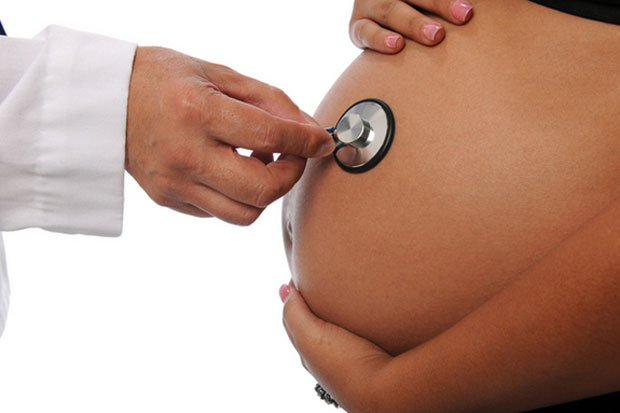
Introduction
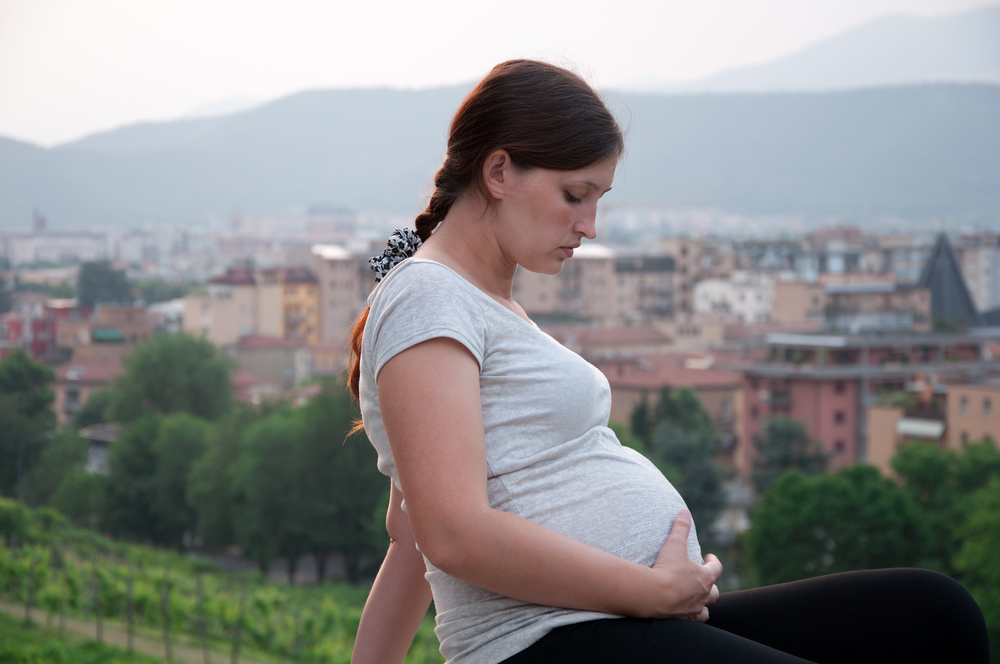
Pregnancy causes the body to go through some astounding changes — a woman's blood doubles in volume, her rib cage expands, ligaments throughout her body loosen and abdominal organs are shoved aside to make room for an expanding uterus and baby.
Given these dramatic physical transformations, it's not surprising that pregnancy increases women's risk for some unpleasant, and sometimes dangerous, conditions.
"It would be unusual for a woman to not have at least one of those symptoms, if not several," said Dr. Christopher Glantz, a professor of obstetrics and gynecology at the University of Rochester Medical Center in Rochester, N.Y. "It's very uncommon that they portend something more serious."
However,doctors keep a sharp eye out for the warning signs that something serious may be occurring. With regular prenatal visits, a woman should be able to safely navigate the various issues and illnesses that occasionally pop up as her baby bump grows.
Here's a look at nine conditions for which women's risk increases during pregnancy.
Preeclampsia
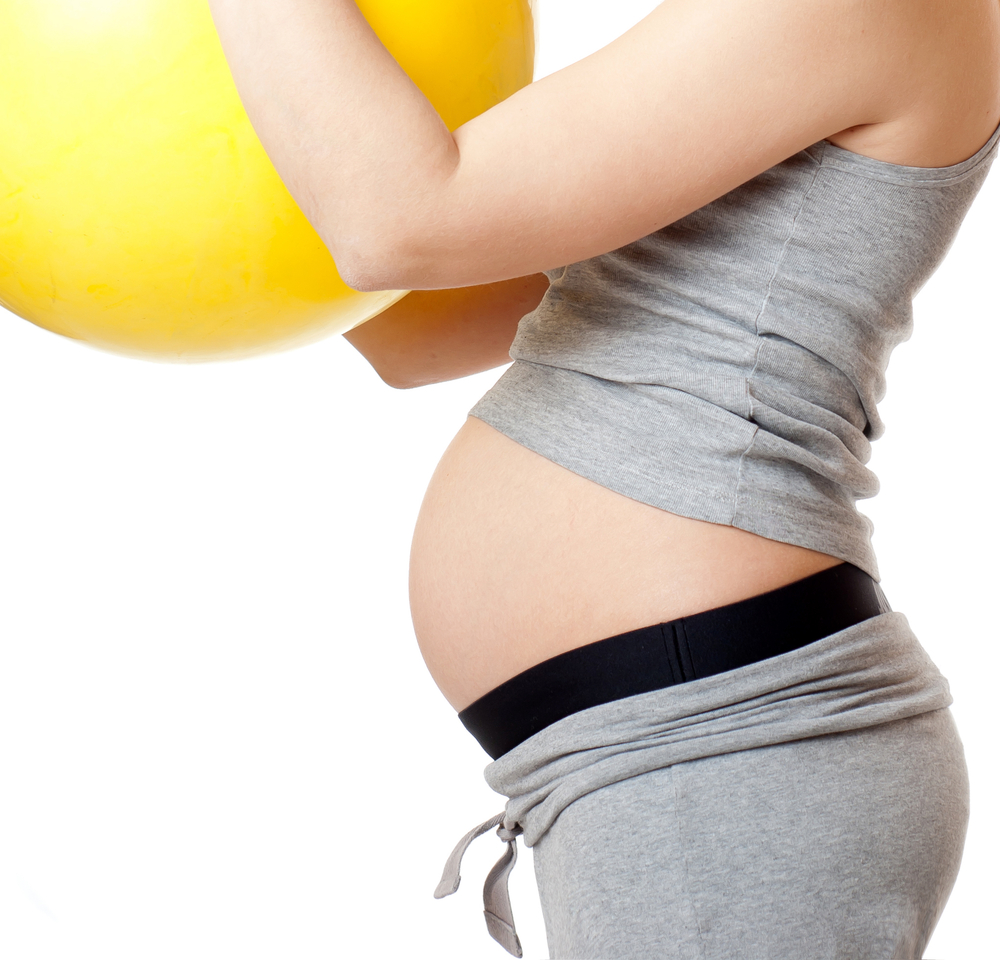
Preeclampsia is defined by a sudden, elevated blood pressure after the 20th week of pregnancy, along with protein in the urine. In serious cases, the condition can lead to kidney failure, seizures, liver injury, respiratory problems and even death.
Preeclampsia affects 5 to 7 percent of pregnant women, and the risk generally increases with a woman's age, according to a 2012 study from Finland. In that study, 6.4 percent of women under age 35 had a preeclampsia, while 9.4 percent of those over 35 had the condition. A higher BMI, and gestational diabetes can also predispose a woman to the condition.
Get the world’s most fascinating discoveries delivered straight to your inbox.
Researchers still aren't sure what causes preeclampsia, although several ideas exist, including abnormal formation of the placenta, or malfunctions in the mother's immune response.
"You'd think we would know why this condition occurs — it's been around for so many years," Glantz said, "but we still don't understand why it happens to some women."
The only "cure" for the condition is delivering the baby; however, early detection and regular monitoring can help avoid worst-case scenarios, and can lead to a healthy pregnancy.
Gestational diabetes

Gestational diabetesoccurs when a pregnant woman's placenta produces insulin-blocking hormones, Glantz said. Normally, these hormones lower the amount of sugar being taken up by a woman's body cells, so instead that sugar remains in the bloodstream, and is available to the baby, he said.
But this system can go haywire if a woman is already slightly insensitive to glucose, or her hormones go overboard. Such conditions, combined with demand for sugar from a rapidly growing baby, can overload her pancreas to the point where it cannot produce enough insulin to deal with her blood sugar levels.
Gestational diabetes occurs in 2 to 14 percent of pregnant women. Those with a high body-mass index (BMI), excessive weight gain and low physical activity during pregnancy and a family history of diabetes are especially vulnerable to developing the condition.
"The rate has been going up over the years," Glanz said. "One reason is because women who are pregnant are getting heavier."
In most cases, women can manage the condition by eating an appropriate diet and exercising. If this doesn't work, oral medication, or, as a last result, insulin shots, can be used to manage blood glucose levels.
Heart disease or heart attack

A woman's cardiovascular system transforms during pregnancy: her blood volume doubles, her heart rate increases and her blood pressure can drop due to increased blood flow to the uterus.
Typically, these changes are relatively harmless, and healthy women with no history of heart disease are at no increased risk for cardiovascular problems when pregnant. However, women with a history of heart conditions face higher rates of heart-related problems.
In about 1 to 3 percent of pregnancies, women develop heart-related problems, and cardiac disease is responsible for 10 to 15 percent of pregnancy-related deaths.
Despite these risks, women with pre-existing heart conditions can have safe and healthy pregnancies, but should consult with their doctors and be closely monitored, according to a 2012 paper on the topic by UK researchers.
Anemia

Another common condition a pregnant woman may have to deal with is anemia, or a low red blood cell count. Iron is a key ingredient for creating red blood cells, but many women don't have adequate stores of iron to keep up with the demands of the huge increase in blood volume, and growing placenta and fetus.
While the condition isn't immediately serious, it can lead to other problems such as premature labor, low birth-weight, preeclampsia, and later developmental problems in children.
Researchers estimate that about 56 million pregnant women suffer from the condition globally, with the majority of these occurring in developing countries, where up to 80 percent of pregnant women can have anemia. Fortunately, the condition is easily treated by taking iron and folic acid supplements. (Folic acid helps promote the production of new red blood cells.)
"The best thing would be to tank up on iron before you get pregnant," Glantz said. "Eat red meat, take an iron supplement."
Back pain
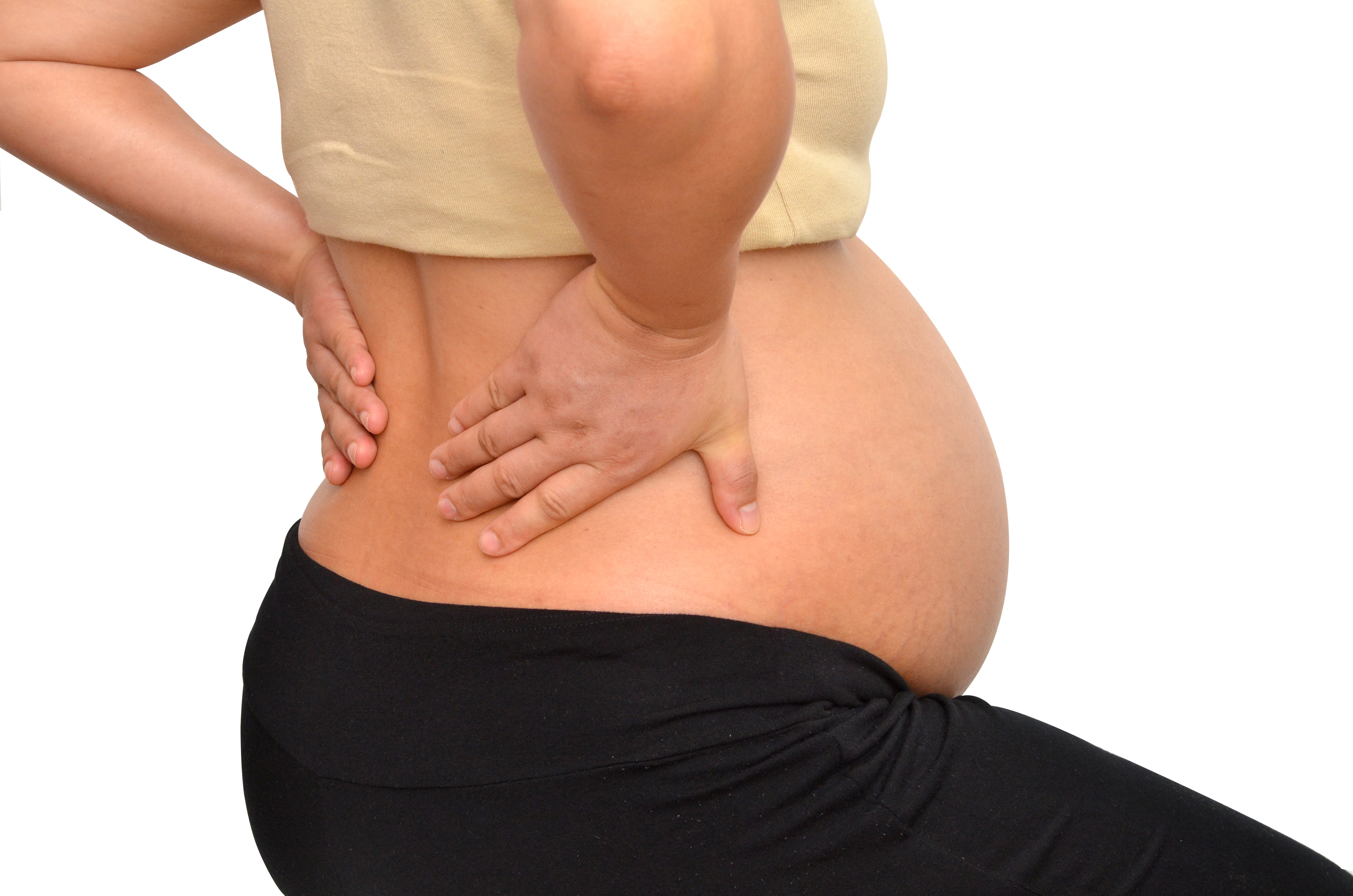
This issue plagues so many pregnant women that "the women who don't have it, would be the exception," Glanz said.
Researchers estimate1 in 2 of every pregnant women suffers from back pain, and this prevalence increases up to 75 percent by the third trimester. For a quarter of pregnant women, the back pain is a serious problem, and in 8 percent it is disabling.
This pain, which typically centers in the lower area of the back where the spine meets the pelvis, is thought to be caused by numerous factors, including natural changes in posture, loosening ligaments, as well as changes in the muscular and vascular systems.
Traditional treatments are typically limited to bed rest and acetaminophen, which sometimes do little to ease the pain. Aquatic exercises have been shown to help some patients.
Pica
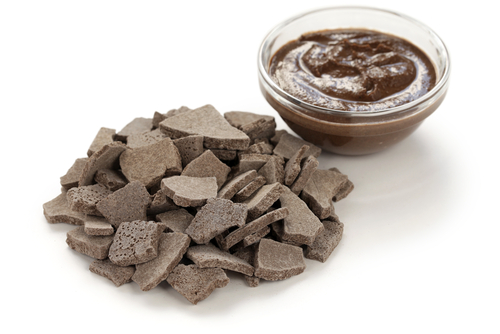
Pica, a condition in which people eat nonfood substances, may be one of the more unusual conditions to accompany pregnancy. Those that have it often snack on dirt (known as "geophagia"), uncooked starch ("amylophagia") or ice ("pagophagia"), but pica can also cause women to eat paint chips, charcoal paper, baby powder, chalk and ash.
The practice was first described in the 4th century BC by Hippocrates, and it has remained an enigma, with scientists still guessing at why pica happens and what, if any, are its consequences.
Researchers are even unclear on how many pregnant women have the condition, with estimates ranging from 8 to 65 percent.
According to a 2010 study from the University of California, Davis, the most likely explanation for the condition is the idea that most of the favorite pica "foods" can absorb potentially harmful toxins that could affect the fetus, thus certain pregnant women may have evolved a drive to eat these substances, for a protective effect.
Blood clots

Having blood clots, properly called thrombosis, is a potentially dangerous condition that women are six times more likely to contract when they are pregnant, thanks to hormonal shifts that increase coagulating factors in the blood.
"If you just have a simple clot, that's relatively easy to treat," Glantz said. "But if you don't treat it, it can break off and potentially travel into heart and the lungs, and this can be life-threatening."
In fact, the problem isthe most common cause of death in pregnant women in Western countries. Fortunately, women who are diagnosed with blood clots can be effectively treated with heparins, an anticoagulant that does not cross into the placenta, and thus is safe for both mother and baby.
Headache
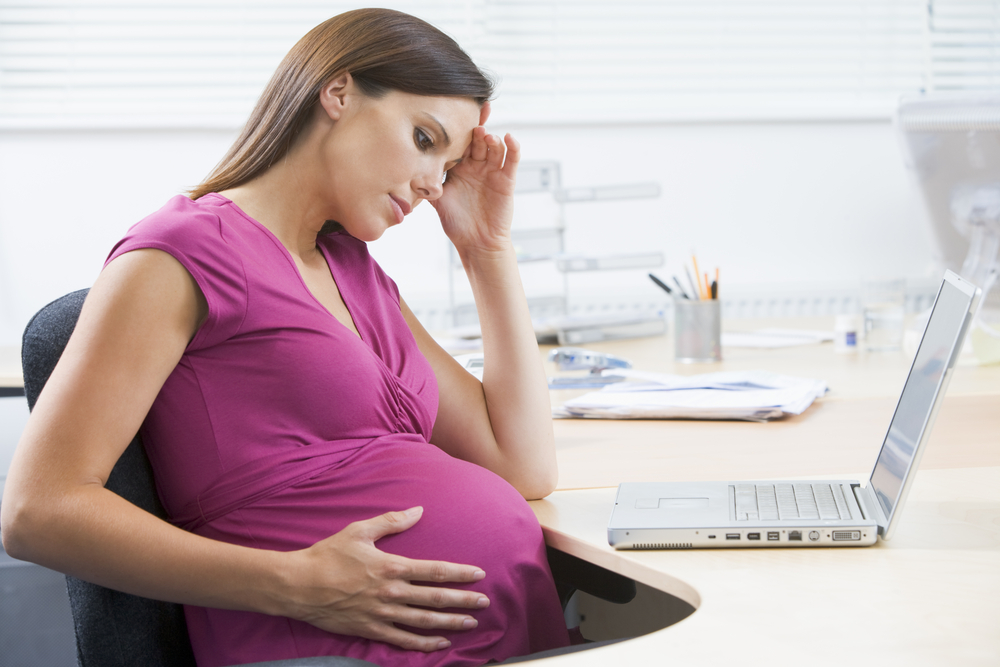
Headaches are a common complaint for women going through the first half of their pregnancy, and tend to clear up as the third trimester begins.
The reason for the waxing and waning headaches is unknown, Glantz said, although it's likely that hormones are the culprit. "There are medications you can take for headaches, and usually we can nurse a mother along until the second half of her pregnancy" when the problem usually subsides, he said.
While garden-variety headaches are harmless, they can be symptoms of more serious problems, such as brain hemorrhaging or tumors, or they can also occasionally precede seizures that are caused by eclampsia (the serious condition that follows preeclampsia).
Pregnant women should not be alarmed by headaches, because in most serious cases, the headache is accompanied by other neurological symptoms such as weakness on one side of the body. Doctors are on the lookout for women that display this combination of symptoms, Glantz said.
Swelling in feet

This complaint seems to be experienced by almost every woman who's gone through pregnancy. Thanks to the fact that a pregnant woman's body water increases by 1.5 to 2 gallons, her feet and ankles are often puffy and swollen at the end of a long day.
"Physiologically, every pregnant woman retains fluid," Glantz said, "and we walk upright, so that's where the fluid collects."
The treatment is pretty basic — put your feet up. Doctors recommend women get their feet propped up higher than the heart to help the swelling subside. Special compression stockings can also help improve circulation for women who want extra support for the problem.


